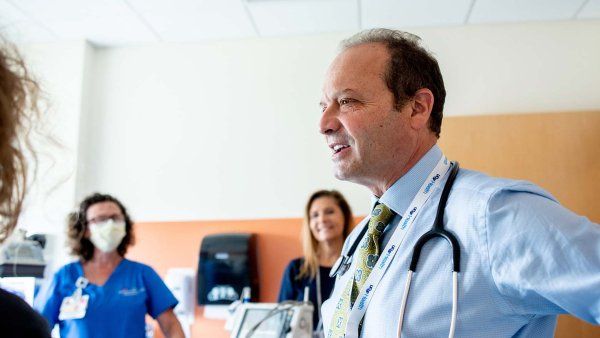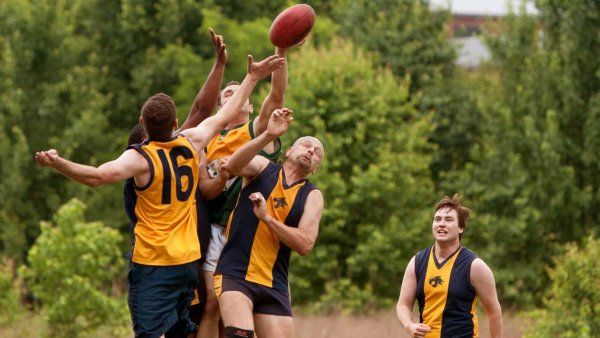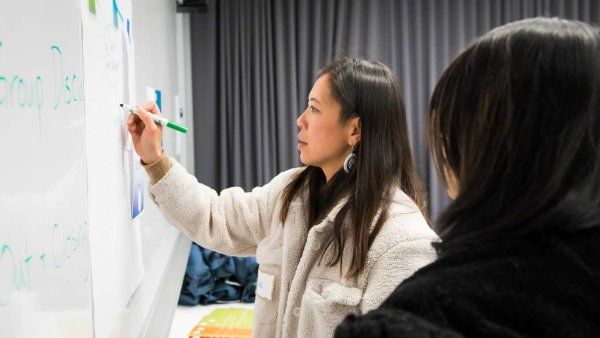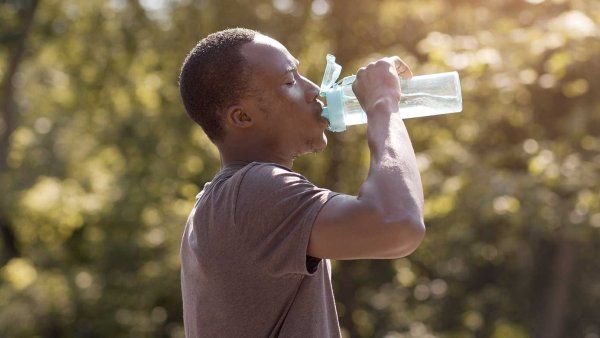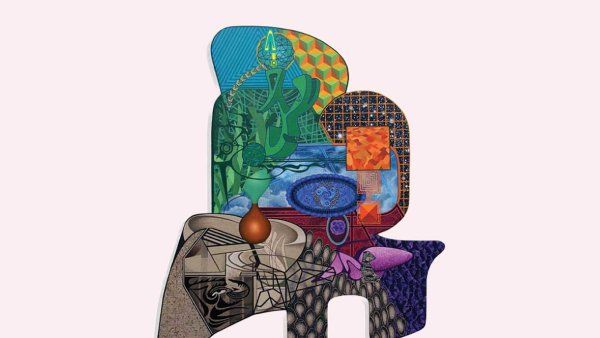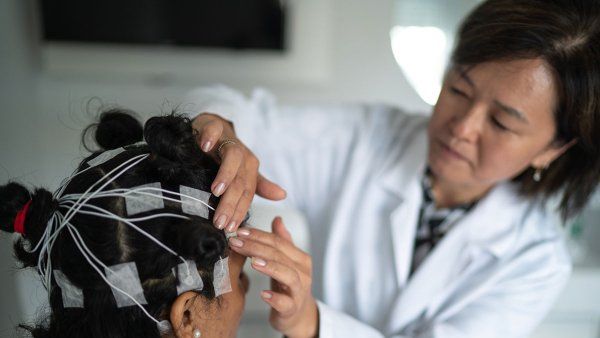Can What Works to Treat Cancer Work for Diabetes?
UCSF researchers are working across disease specialties. Diabetes researchers are looking at how oncologists use CAR T-cell therapy to reprogram a person’s immune system to attack cancer cells, for example. They hope to similarly reprogram the immune system to fight diabetes.
